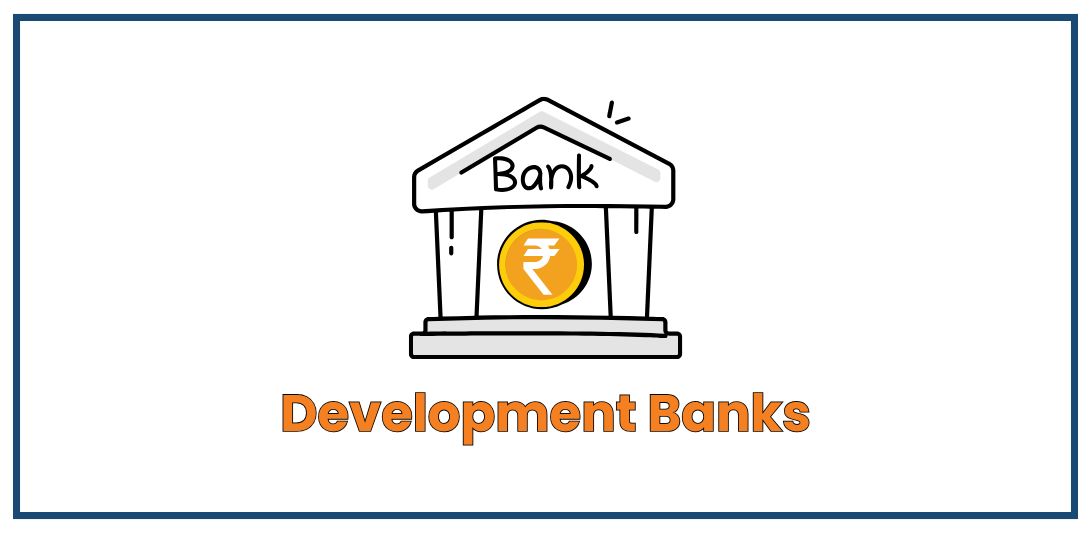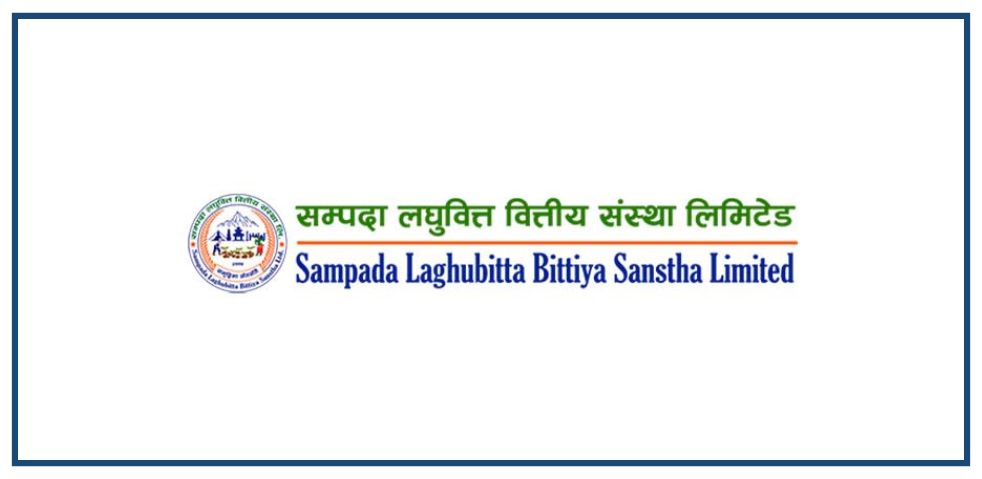Development Banks are financial institutions that specialize in providing long-term financing for industrial and infrastructure projects. Development banks focus more on agriculture, SMEs (Small and Medium Enterprises), and rural development. Development Banks are also know as the Class B financial institutions. Major services provided by development banks include:
- Loans for Industrial and Economic Projects: Development banks offer loans to businesses, especially in sectors such as agriculture, manufacturing, and services. They aim to boost economic growth and employment.
- Project Financing: These banks provide financing for large-scale infrastructure projects like roads, energy generation, and construction projects.
Development banks are important for improving the country’s infrastructure and industries, helping to boost economic growth and provide support. Nepal Rastra Bank also regulates these banks, but their capital requirements are different from those of commercial banks. There are four types of banks categorized by Nepal Rastra Bank as follows:
-
Class B – Development Banks
List of Development Banks in Nepal
As of March 2025, there are 17 development banks licensed by Nepal Rastra Bank. The development banks are categorized based on their working areas into national, provincial, and district levels. Currently, there are 8 national-level, 6 provincial-level, and 3 district-level development banks in operation. The table below lists all these development banks along with their headquarters, paid-up capital, and website links.
Capital requirements of the development bank in Nepal
Development banks are required to maintain certain capital levels to ensure financial stability and protect depositors. The Nepal Rastra Bank (NRB), the central bank, sets these capital requirements.
Minimum Paid-Up Capital Requirements of Development Banks
The NRB mandates different minimum paid-up capital amounts for development banks based on their operational scope:
- National-Level Development Banks: NPR 2.5 billion
- Development Banks Operating in 4 to 10 Districts: NPR 1.2 billion
- Development Banks Operating in up to 3 Districts: NPR 500 million
These requirements are designed to ensure that development banks have sufficient financial resources to support their operations and absorb potential losses.
Capital Adequacy Ratios
In addition to the paid-up capital, development banks must adhere to capital adequacy ratios as per the Capital Adequacy Framework:
- Core Capital (Tier 1) Ratio: Minimum of 8.5% of risk-weighted assets
- Total Capital Adequacy Ratio (CAR): Minimum of 11% of risk-weighted assets, including both Tier 1 and Tier 2 capital
These ratios help ensure that banks can withstand financial stress and continue to operate effectively. By meeting these capital requirements, development banks in Nepal contribute to the overall health and stability of the country’s financial system.





